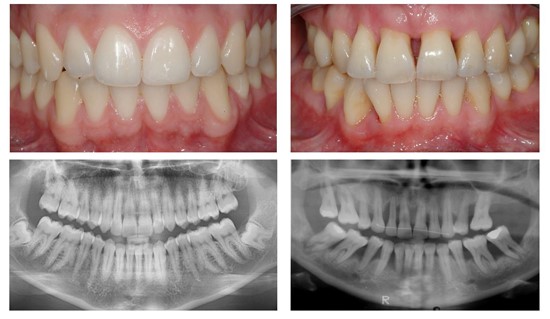X-ray Justification
A dental implant is an artificial tooth root that is placed into your jaw to hold a replacement tooth or bridge. Dental implants may be an option for people who have lost a tooth or teeth due to periodontal disease, an injury, or some other reason. Dental implants are posts that support replacement teeth. They fit directly into your jawbone and hold false teeth in place in the same way that roots support natural teeth.
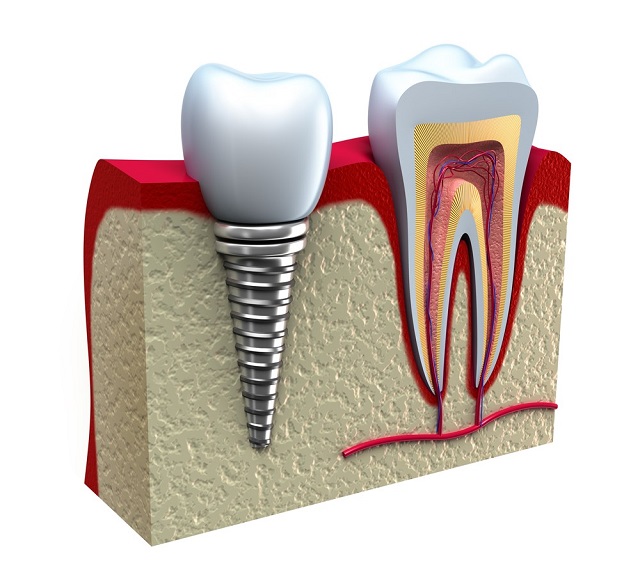
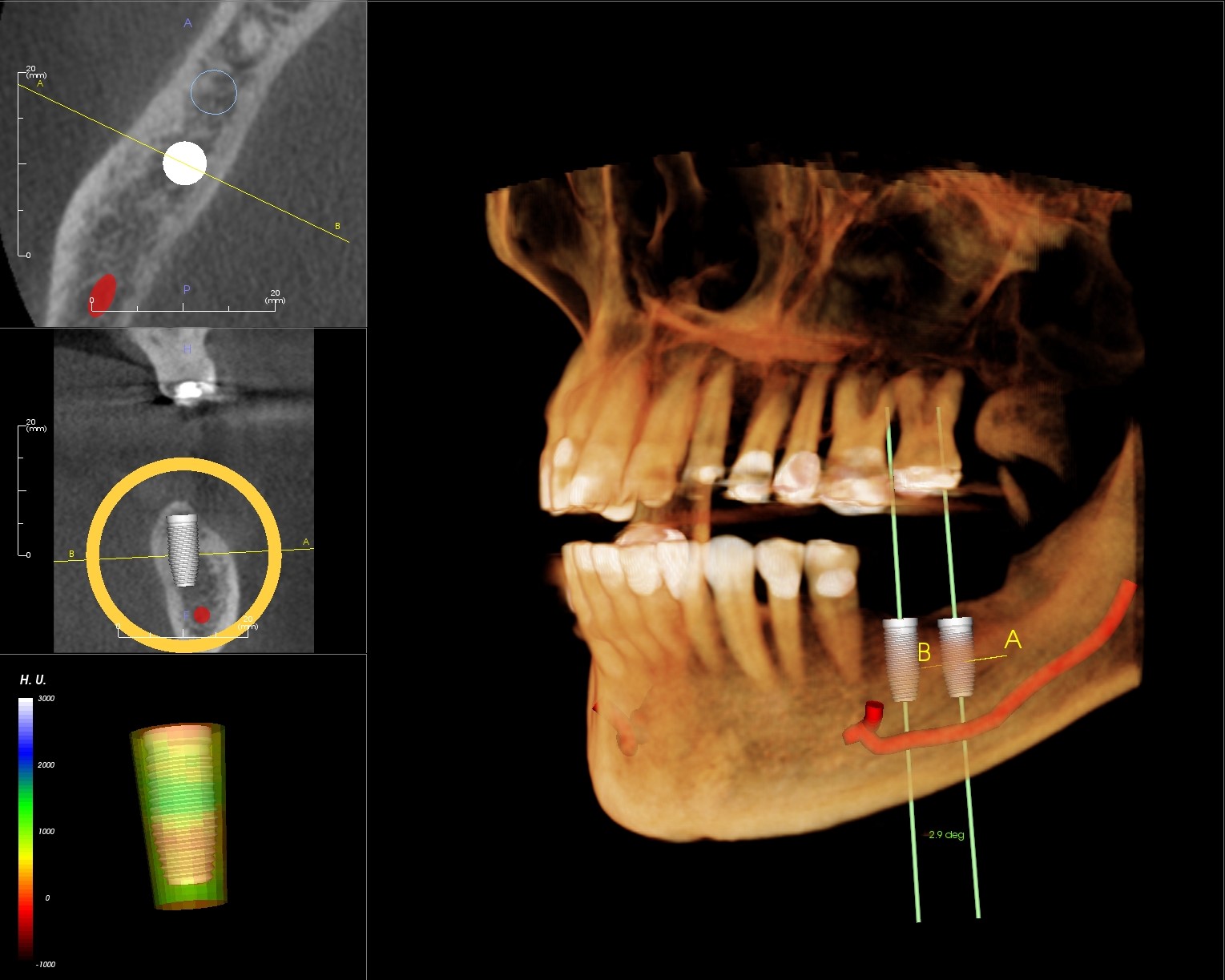
Quick query
Call Us Today+44 (0)20 7487 5717
Orthodontic treatment is a way of straightening or moving teeth, to improve the appearance of the teeth and how they work. It can also help to look after the long-term health of the teeth, gums and jaw joints, by spreading the biting pressure over all the teeth.

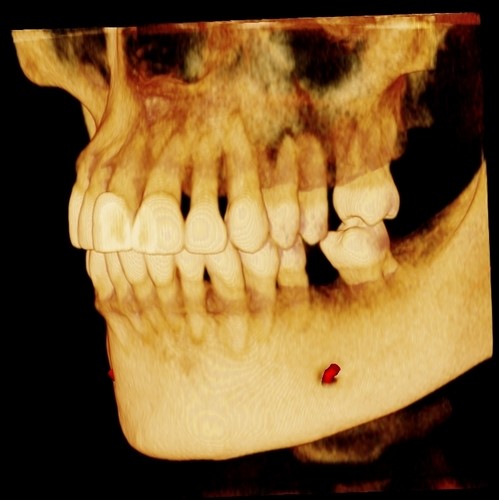
An impacted tooth is one that fails to erupt into the dental arch within the specific time. Because impacted teeth do not erupt, they are retained throughout the individual’s lifetime unless extracted or exposed surgically. Teeth may become impacted because of adjacent teeth, dense overlying bone, excessive soft tissue or a genetic abnormality. The third molars are frequently impacted because they are the last teeth to erupt in the oral cavity. Mandibular third molars are more commonly impacted than their maxillary counterparts. As a general rule, all impacted teeth must be removed, except canine teeth.

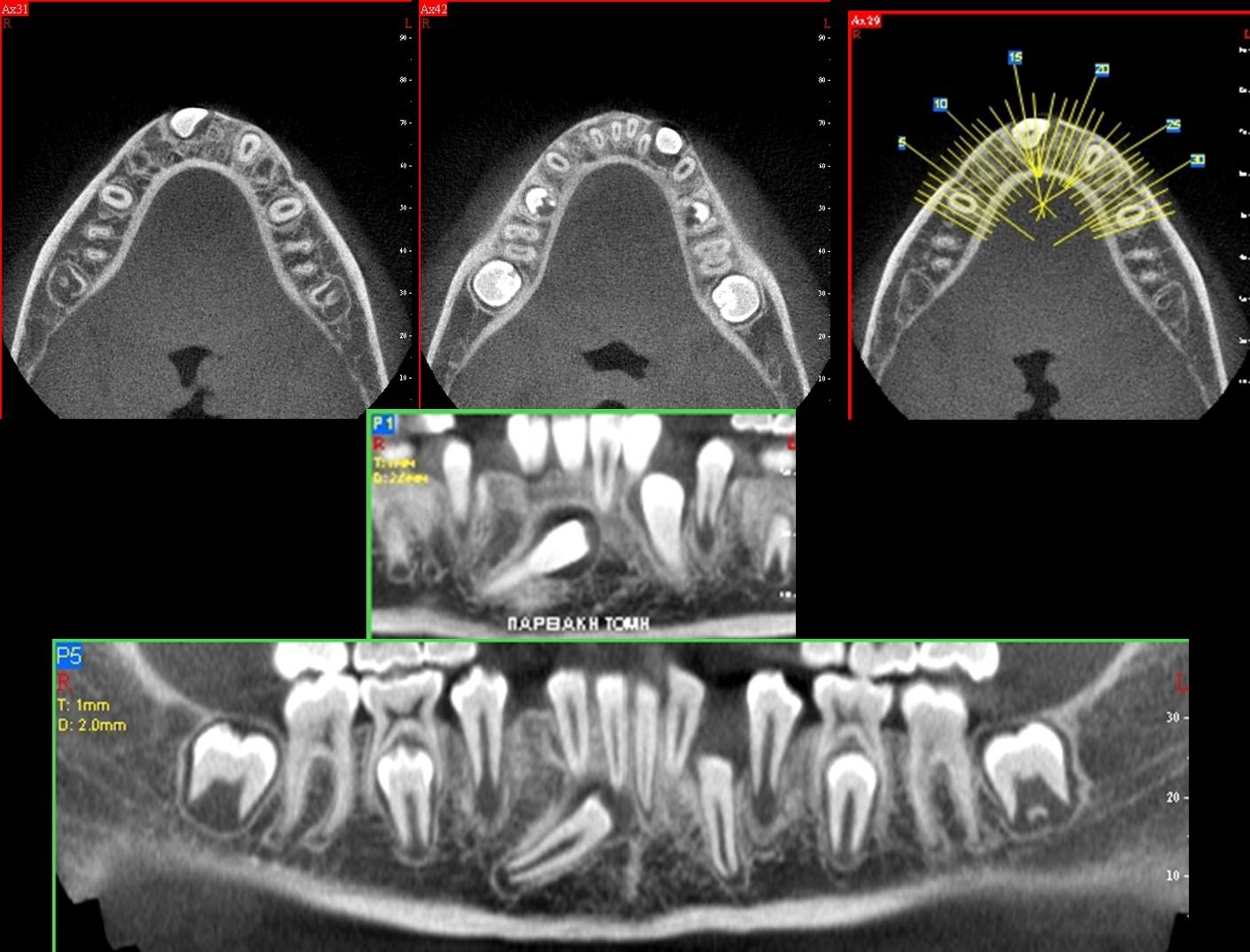
The word endodontic comes from the Greek word eno meaning “within” and the Greek word odous meaning “tooth”. Endodontic therapy, also known as a root canal (therapy), is a treatment of the tooth aimed at clearing infection, as well as protecting the tooth from subsequent infections. The treatment is carried out in the pulp of the tooth.
The term “root canal”, when meaning endodontic therapy is, in fact, wrong. Root canals are part of a tooth, the hollows within a tooth where the nerve tissue, blood vessels, and some other cells are located. Root canal is a place in a tooth, while endodontic therapy is a dental procedure. However, the term “root canal” has become widely used with the meaning of endodontic therapy.
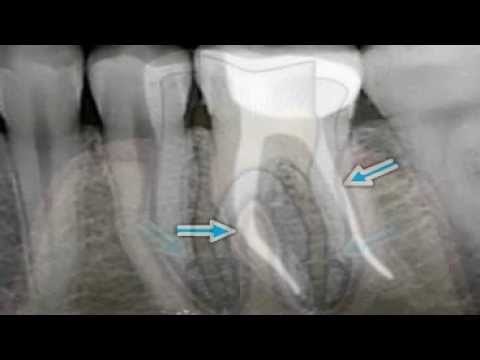
CT of the sinuses primarily is used to:
– detect the presence of inflammatory diseases.
– plan for surgery by defining anatomy or giving further information about tumors of
the nasal cavity and sinuses.
– evaluate sinuses that are filled with fluid or thickened sinus membranes.
– help diagnose sinusitis.

Temporomandibular joint disorders are problems which affect the jaw joint.
The jaw joint is located just in front of the ear canal, and it joins the jaw bone (mandible) to the skull near to the temple. The jaw joint is also called the temporomandibular joint (TMJ). Problems affecting this joint are usually known as TMJ disorders. However, there are various other medical terms for for this condition – for example, TMJ dysfunction, TMJ pain and myofascial pain disorder.

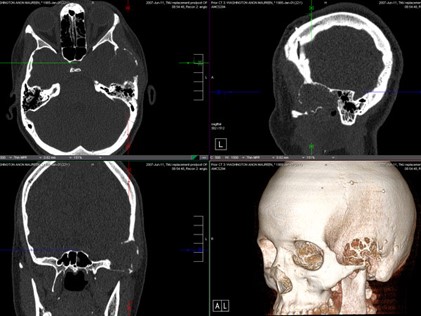
Temporomandibular joint disorders are problems which affect the jaw joint.
The specialty oral and maxillofacial pathology is concerned with diagnosis and study of the causes and effects of diseases affecting the oral and maxillofacial region. It is sometimes considered to be a specialty of dentistry and pathology.

Loss of bone is one of the most significant factors contributing to the need for periodontal surgery. When periodontal disease is advanced bone loss may be so great that implants cannot be placed. There is simply too little bone to anchor an implant.
Fortunately, there are a number of grafting procedures that have been developed which will encourage new bone growth. One of these is the Ramus Bone Graft. The advantage of this procedure is that it uses a patient’s own bone which is advantageous in healing. Other grafting choices may include the use of synthetic material or other bone products from bone banks. Each method has advantages depending on the specific situation.

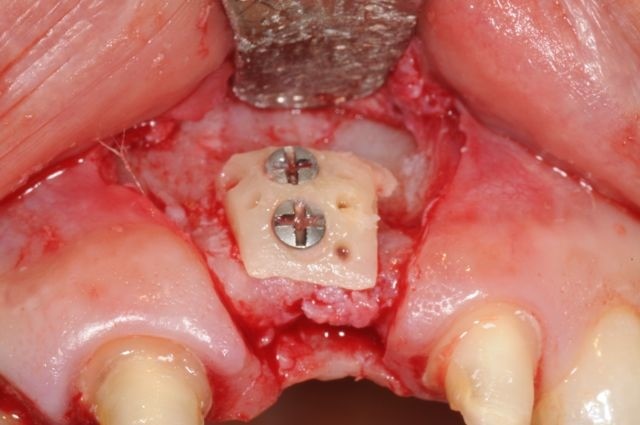
The chin graft is one of many different types of periodontal surgery that call for taking natural bone from one source and grafting it to another boney area in the mouth to support additional corrective or cosmetic procedures. Although the chin graft falls under the category of gum surgery in so far as it requires manipulation of the gums, it deals primarily with the process of building up the bone along the jaw that has collapsed or deteriorated due to injury, extraction or disease.
In many cases, dentists and periodontists will be presented with a situation where a tooth has been removed and has left insufficient tissue and bone on which to anchor a dental implant. Regardless of what has caused the deficiency in bone at the recipient site, the chin graft is a viable surgical option for replacing that bone and supporting further reconstructive work.
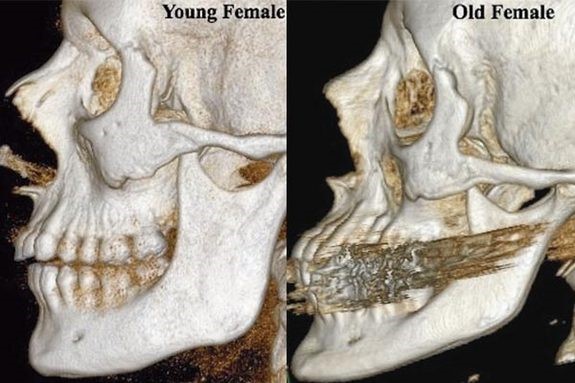
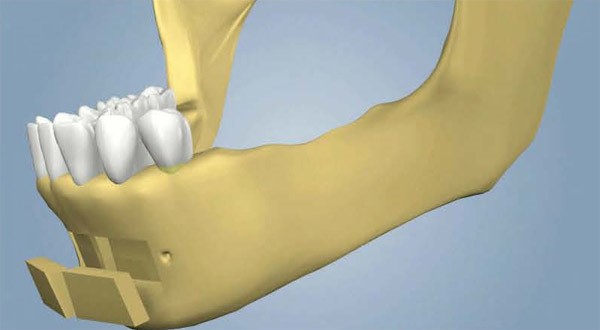
A sinus lift is surgery that adds bone to your upper jaw in the area of your molars and premolars. It’s sometimes called a sinus augmentation. The bone is added between your jaw and the maxillary sinuses, which are on either side of your nose. To make room for the bone, the sinus membrane has to be moved upward, or “lifted.” A sinus lift usually is done by a specialist. This could be either an oral and maxillofacial surgeon or a periodontist.

Zygomatic implants are used in the upper jaw when there is insufficient bone for ordinary implants. They provide support for implant bridgework where there has been a substantial amount of bone loss from the upper jaw, and ordinary implants cannot be used on their own to support a bridge.
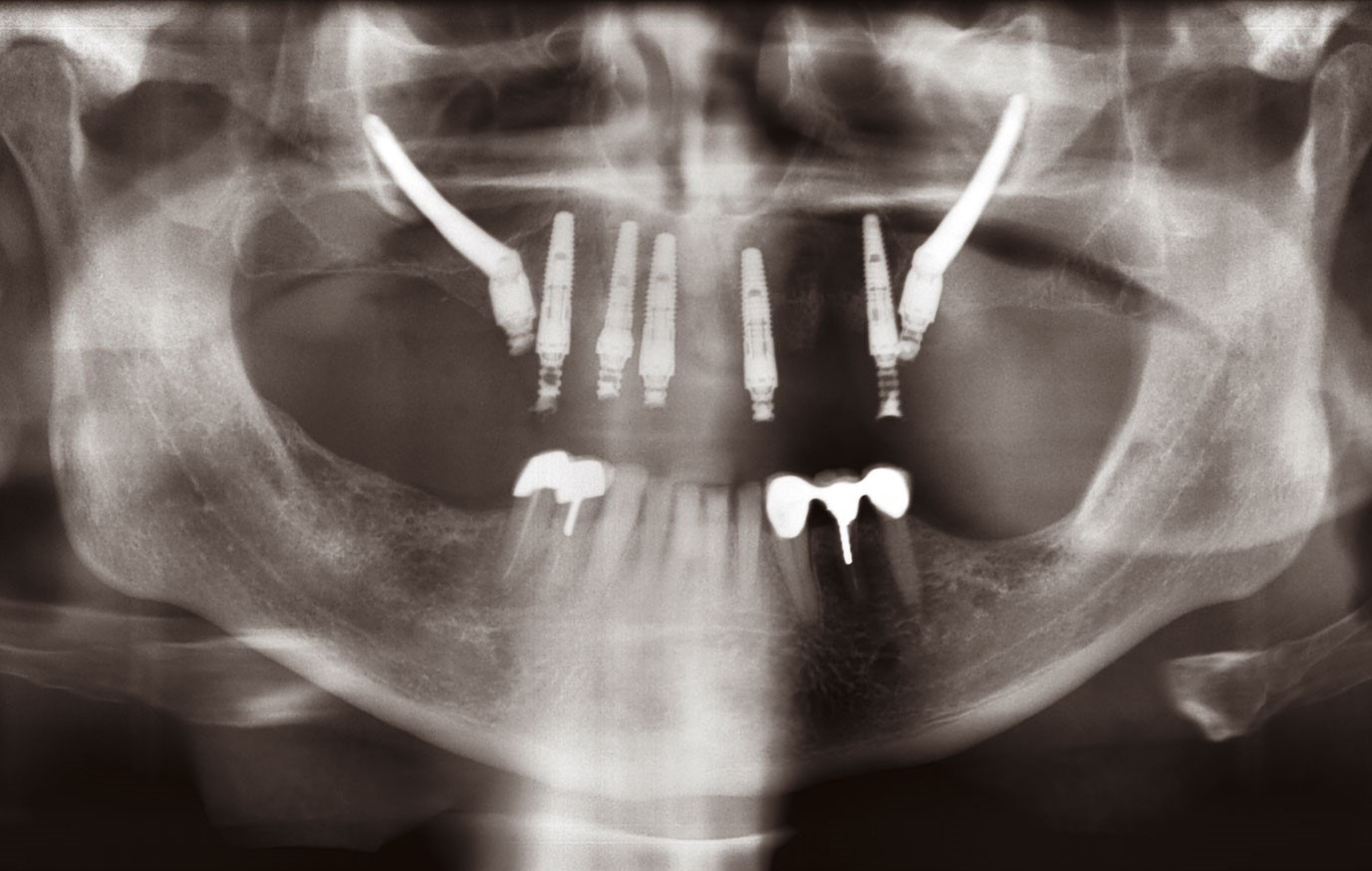

Obstruction of the upper airway often alters normal breathing, which can have a significant impact on the normal development of craniofacial structures. Narrow maxillary arch, cross bites, clockwise mandibular growth rotation and mandibular retrognathia have been reported as being associated with chronic mouth breathing.Many of these facial features have also been reported in subjects with sleep-disordered breathing such as obstructive sleep apnoea. Such abnormalities require prompt attention, and an early diagnosis is imperative to ensure normal craniofacial development.
Cone beam CT (CBCT) has become available for oral and maxillofacial imaging. It has been suggested that CBCT provides an accurate, efficient modality involving relatively less radiation than multidetector CT for improved understanding of airway anatomy, pathology and upper airway mechanics.
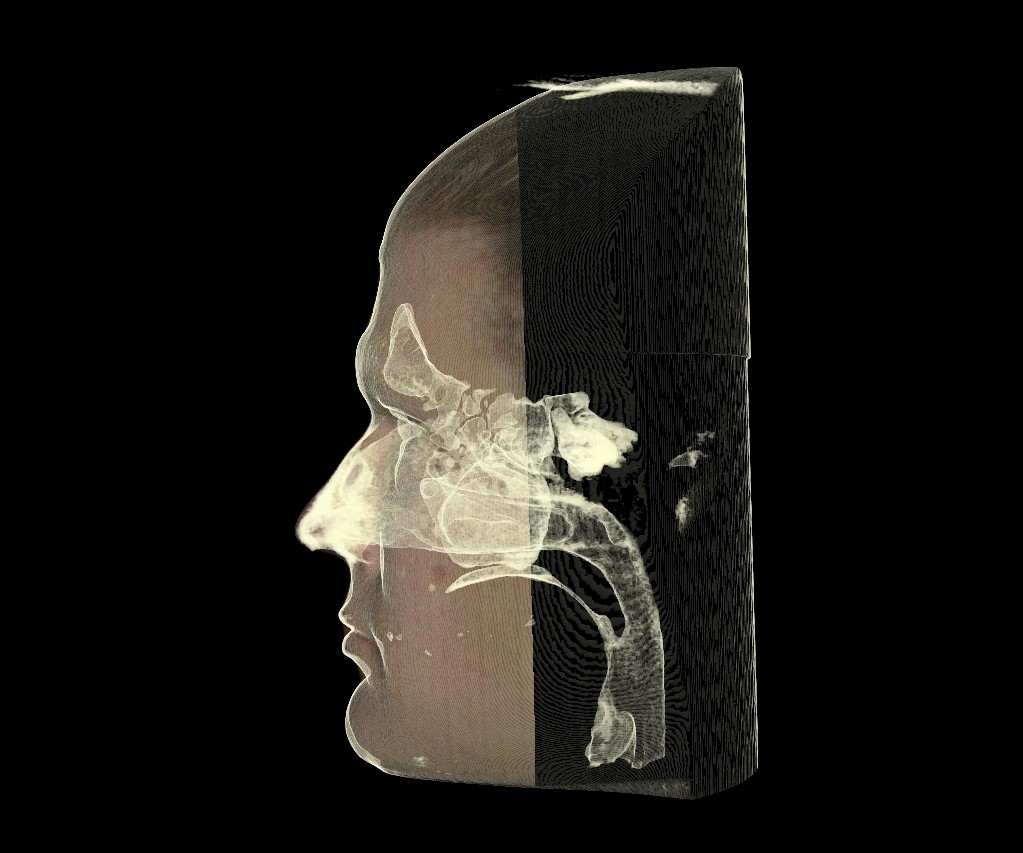
Periodontal disease affects the gums, bone and other supporting tissues of the teeth. Although most individuals suffer gum inflammation from time to time, around 10% of the population appear to suffer from the more severe forms of the disease which cause loss of supporting bone.
